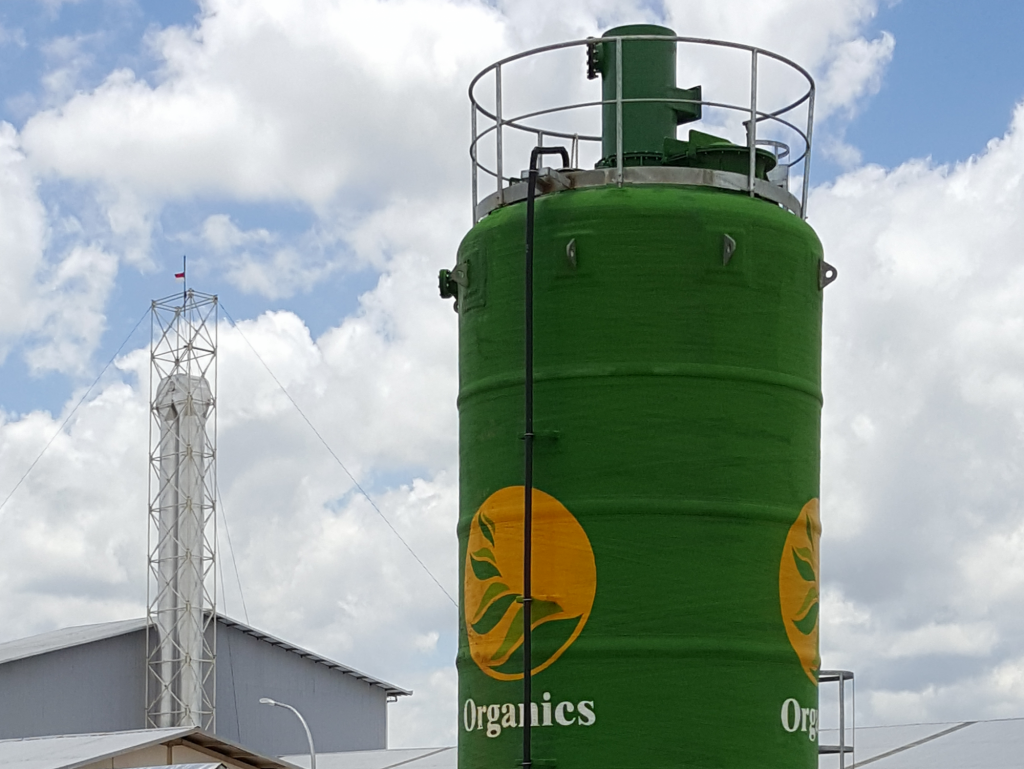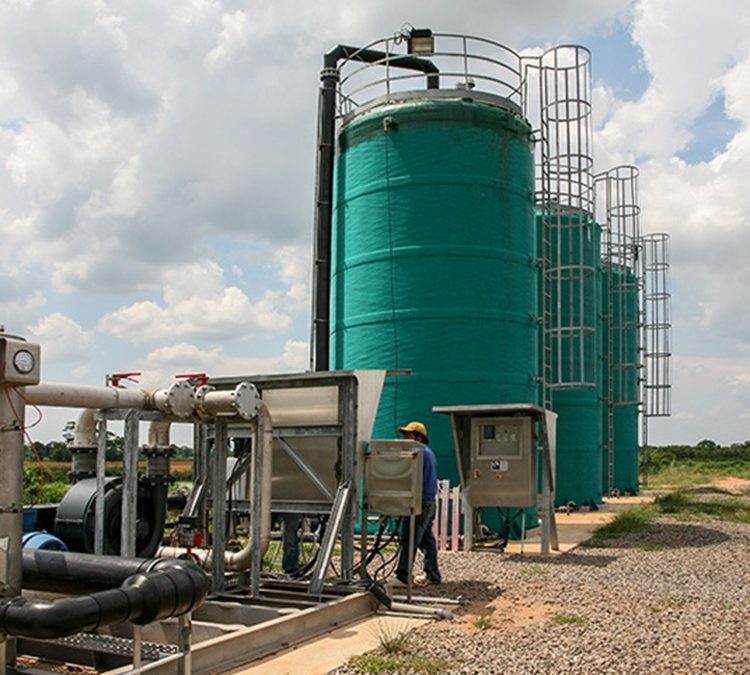Management of hydrogen sulphide in biogas is directly related to the commercial success or failure of a project. The principal gaseous products of anaerobic digestion of organic material are methane and carbon dioxide. However, waste material or wastewater that contains proteins or sulphates can produce hydrogen sulphide (H2S) which, as well as being highly noxious to human health, can cause catastrophic damage to mechanical equipment if not treated to a level at which the biogas can be safely used.
Concentrations of H2S in biogas can vary from a few ppm if the substrate contains iron salts (e.g. sewage sludge in case of chemical phosphate precipitation by iron salts), up to several percent by volume. The former can safely be used in energy production, while the latter should be treated to protect both operators and equipment; above 800ppm H2S is lethal to human health.

Multiple incidences of equipment damage due to plumes of H2S being inadequately treated have been registered. Often, this is the result of the evolving composition of biogas generated during the anaerobic digestion of organic material and in response to different substrates being introduced into the system.
Multiple examples of catastrophic equipment failure have been recorded. These are statistics that highlight the importance of both continuous monitoring of the biogas as well as pre-treatment of biogas once the incidence of H2S surpasses trigger limits as defined by equipment manufacturers. Unless treated, the outcome is generally predictable and the cost in replacement parts and plant downtime is difficult to recoup. Several different methods for removing H2S from a gas stream are currently available. Most of them have a high investment or high ongoing operations cost, which include both chemicals and waste disposal. Biological methods have been successfully used on gas streams that have a high content of H2S including palm oil mill effluent, a liquor that has an inherently high H2S content with levels up to 2% by volume. Biological scrubbers are highly efficient at removing H2S, with results indicating that even biogas with H2S levels of several percentage points, can be treated to contain less than 100ppm at the outlet, a level well within the limits imposed by equipment manufacturers.

